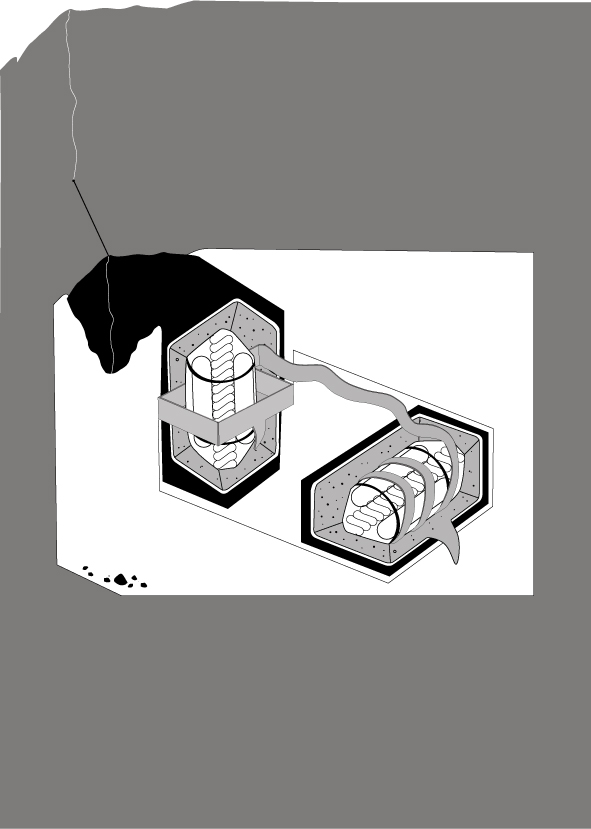March 7th, 2011

A magnet placed in a vessel moves the vessel towards north. This movement can be changed by another magnet. Drawing in the translation of Peregrinus’ letter made by Filippo Pigafetta (1533-1604), manuscript: Vienna, Österreichische Nationalbibliothek, published by Sturlese*, p. 50.
Read the rest of this entry »
Posted in Stone | No Comments »
March 6th, 2011

Judith Albert
Posted in Instrument/Pointer, Sphere | No Comments »
March 6th, 2011

First the sky (the celestial), then the earth. The sky serves as a model for understanding and measuring the earth. Peter Apian (1495–1552) explains how the transfer is done. One aspect of his book is “geography” as a measuring descripition of the earth (as a globe). This leads to measurement and representation of different spots of the earth in the so called “chorography”. This is the representation of space in a local dimension which is not affected by the curvature of the earth. The earth relates to the head as well as a local spot relates to the eye and the ear. Gemma Frisius (1508-1555) comments on this: Cosmographia (Antverpiae; Ioannis Bellerum, 1584), Zentralbibliothek Zürich, Alte Drucke und Rara, Ry 245, p. 2-3.
Posted in Sphere | No Comments »
March 4th, 2011
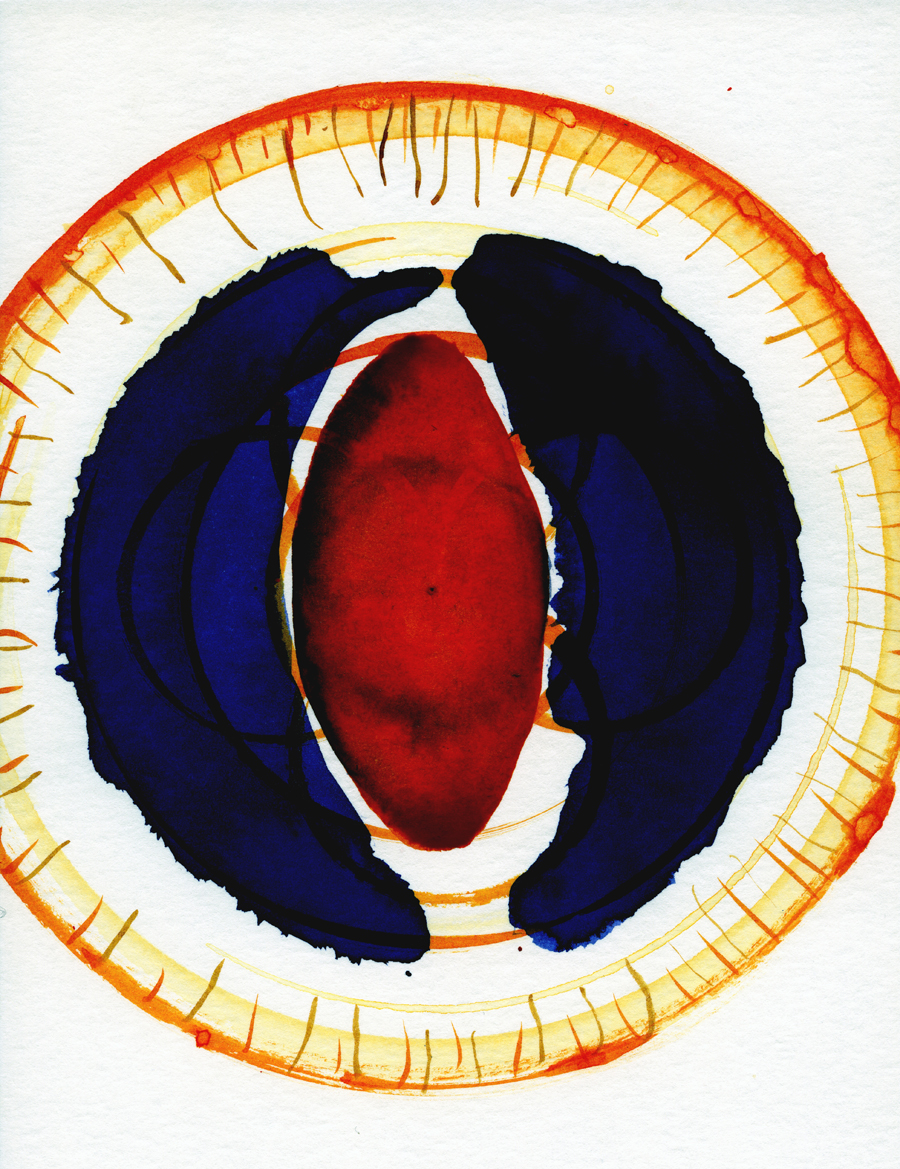
Barbara Ellmerer
Posted in Instrument/Pointer, Stone | No Comments »
March 4th, 2011
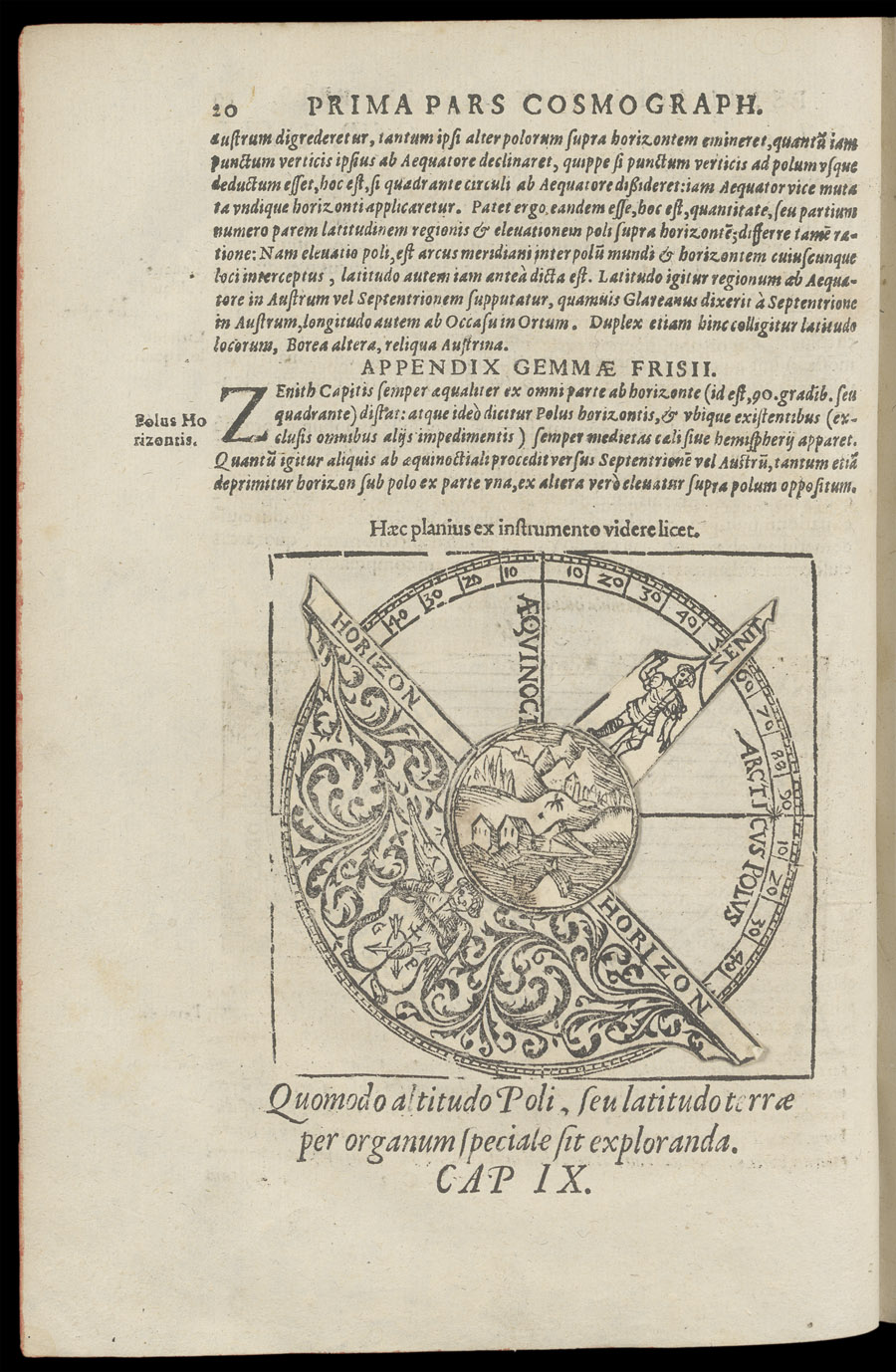
Instrument for measuring the heigth of the celestial pole. Peter Apian (1495-1552) discusses the use of compasses for a description of the world and map making. Gemma Frisius (1508-1555) comments on this. The book (first 1540) illustrates the impact of astronomical instruments in training human vision and focusing on pointers: Cosmographia (Antverpiae; Ioannis Bellerum, 1584), Zentralbibliothek Zürich, Alte Drucke und Rara, Ry 245, p. 10.
Posted in Instrument/Pointer | No Comments »
March 2nd, 2011

Judith Albert
Posted in Stone | No Comments »
March 2nd, 2011
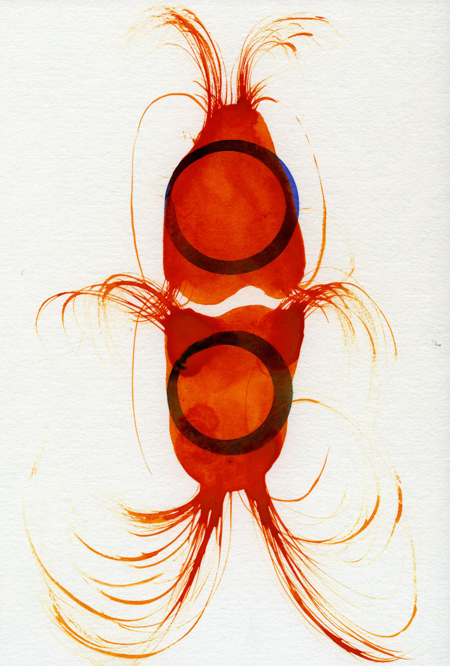
Barbara Ellmerer
Posted in Stone | No Comments »
March 1st, 2011
Posted in Uncategorized | No Comments »
February 28th, 2011
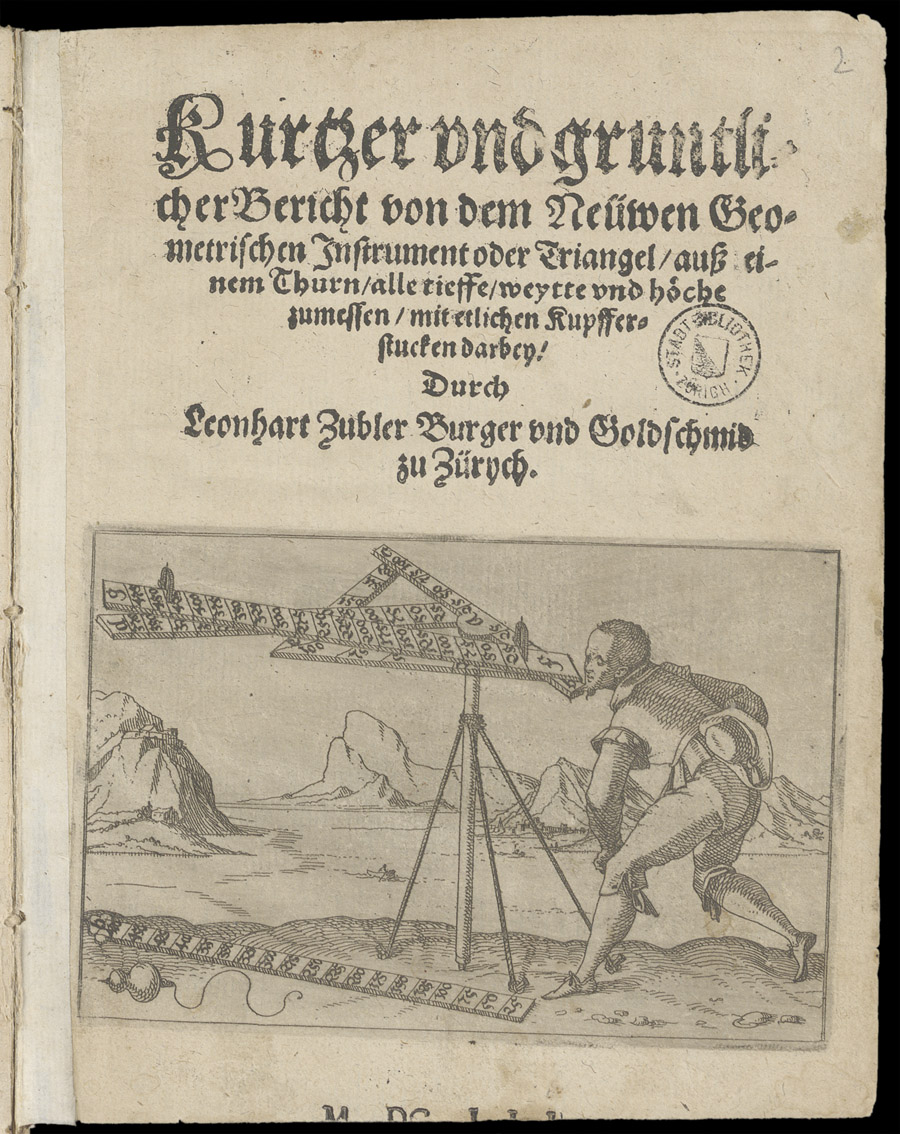
Leonhard Zubler, goldsmith and instrument maker in Zurich (1563-1609) used the magnetic needle for geographic measuring. See: Albert Kloss, Geschichte des Magnetismus (Berlin: vde, 1994), S. 92, here presentation of a new instrument, Leonhart Zubler, Kurtzer und gruntlicher Bericht von dem neüwen geometrischen Instrument oder Triangel, auss einem Thurn alle Tieffe, Weytte und Höche zu messen: mit etlichen Kupfferstucken darbey / durch Leonhart Zubler, Burger und Goldschmid zu Zürych (Zürych: Rudolff Weyssenbach, 1603), Zentralbibliothek Zürich, Alte Drucke und Rara, 18.564,2, Title.
Posted in Instrument/Pointer | No Comments »






